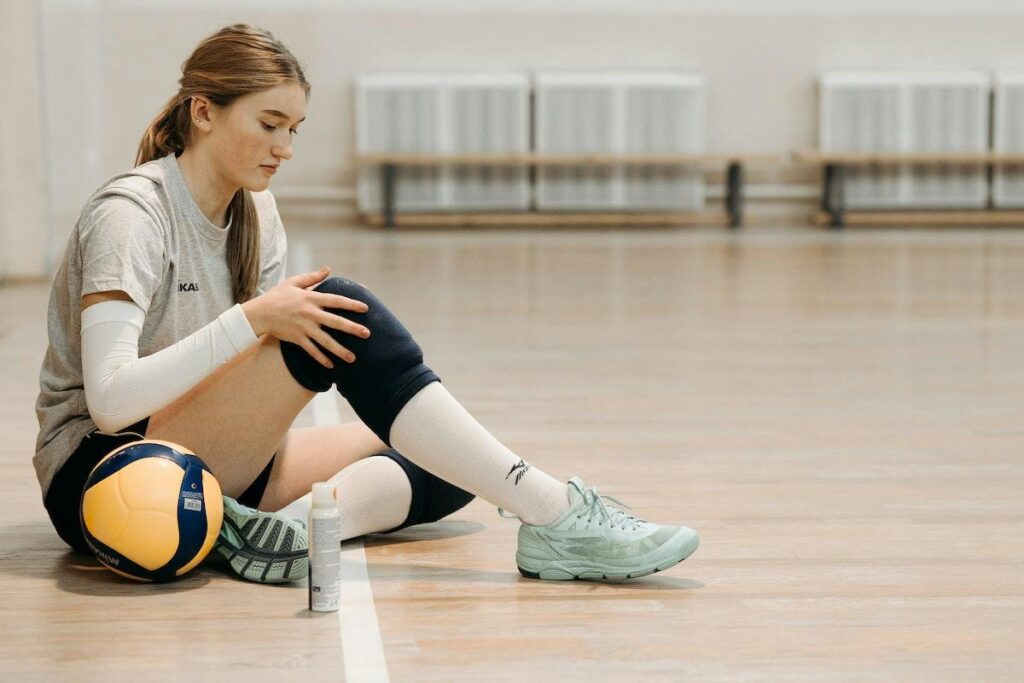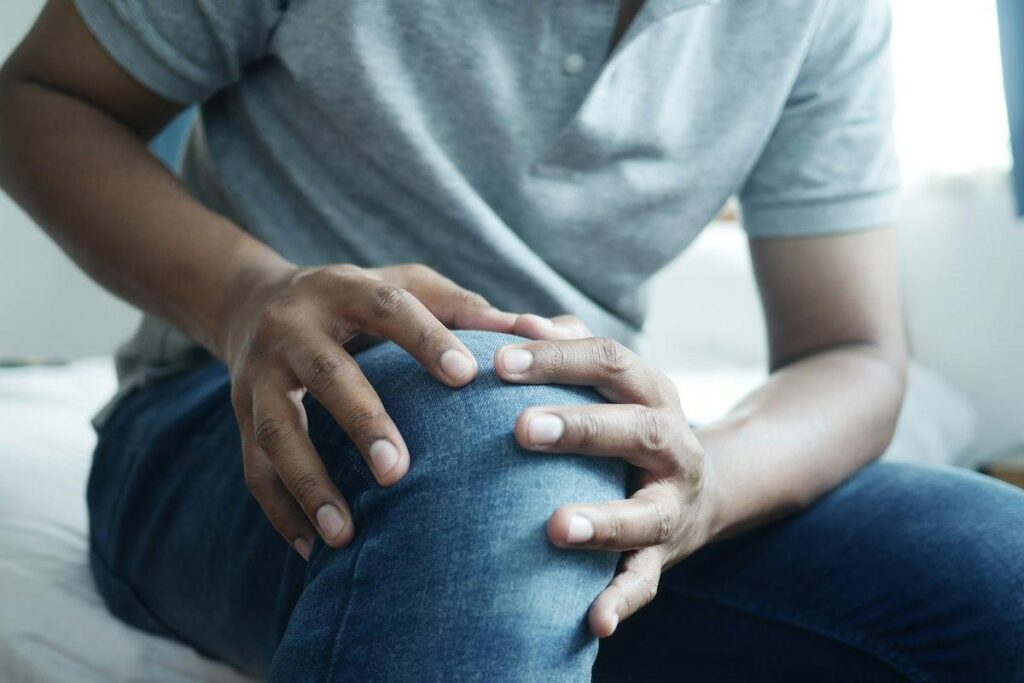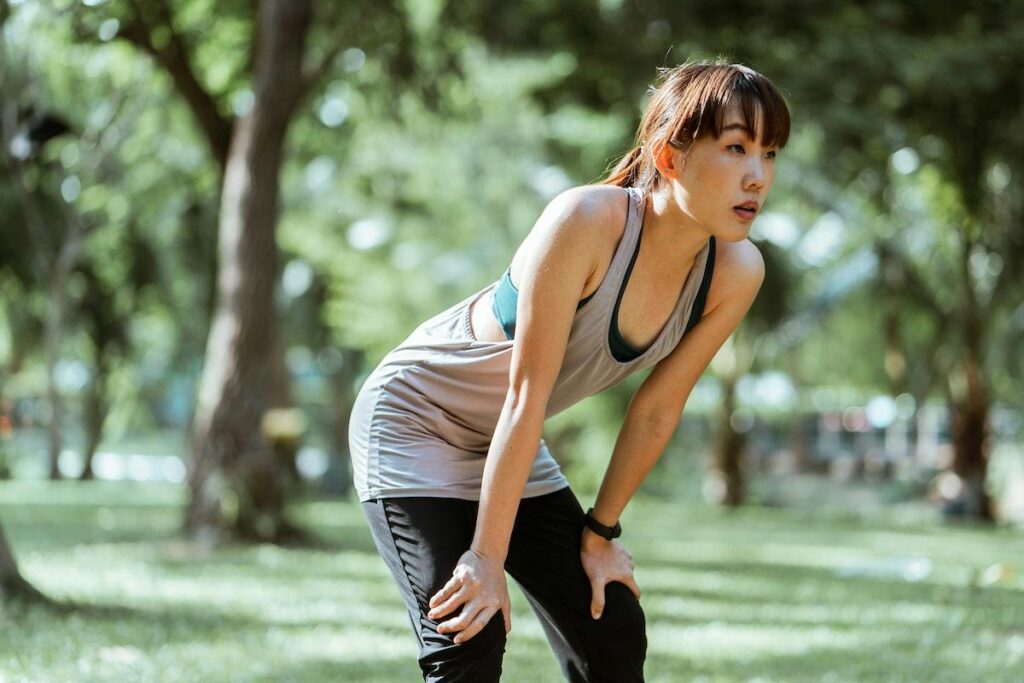Intro
Pickleball, one of the fastest growing sport that combines elements of tennis, badminton, and ping-pong, has gained remarkable popularity in recent years.
However, like any physical activity, playing pickleball can sometimes lead to injuries, with pickleball knee injuries being among the most common. Thankfully, the sports medicine experts at Scottsdale PT Performance are highly skilled in handling these kinds of injuries.
In this article, we’ll explore the causes of the most common pickleball injuries, discuss practical ways to prevent them, and provide insights into their treatment.
Most common knee injury in pickleball
A study published in the Journal of Emergency Medicine estimates that there are approximately 19,000 pickleball injuries per year.
Massage Eases DOMS, Boosts Recovery in Bodybuilders steroids primo why are bodybuilders using synthol and what damage does it cause?
These common injuries can affect players of various ages and experience levels, and understanding them is crucial for enjoying the game while minimizing the risk of injury:
- Patellar Tendinitis (Jumper’s Knee): This injury involves inflammation of the patellar tendon, causing persistent pain in the front of the knee.
- Meniscus Tears: The meniscus, a cartilage in the knee, can tear during sudden movements or twists, leading to pain and limited mobility.
- Ligament Strains or Tears: Injuries to the anterior cruciate ligament (ACL) or medial collateral ligament (MCL) can occur during rapid direction changes, causing pain and instability.
- Runner’s Knee (IT Band Syndrome): This condition involves inflammation of the iliotibial (IT) band, which can lead to outer knee pain, especially during running or lateral movements.
- Cartilage Damage (Chondromalacia): The repetitive nature of pickleball can contribute to the breakdown of cartilage in the knee, resulting in discomfort and potential long-term issues.
Causes and risk factors
Understanding the factors that contribute to knee injuries in pickleball is crucial for prevention. Here are the five primary causes of common pickleball injuries and risk factors to be aware of:
Repetitive Stress: The constant stop-and-go movements, quick pivots, and frequent directional changes in pickleball put repetitive stress on the knees, making them vulnerable to knee strain and potential injury.
Inadequate Warm-Up: Failing to warm up properly before playing can lead to stiff muscles and ligaments, increasing the risk of knee injuries.
Improper Footwear: Wearing inappropriate or worn-out shoes can affect stability and balance on the court, increasing the likelihood of traumatic injuries like knee muscle strain or injury.
Overuse: Playing pickleball excessively without allowing for sufficient rest and recovery can lead to overuse injuries and muscle strains, including chronic injuries such as patellar tendinitis.
Age and Fitness Level: Age-related changes in muscle strength and joint flexibility, coupled with inadequate physical conditioning, can contribute to knee and shoulder injuries, too, impacting players of all ages.
Knee Injury Prevention in Pickleball
Incorporating knee exercises for pickleball knee injury prevention strategies into your pickleball routine can reduce the risk of knee injuries, and enjoy the game with confidence. Here are some effective strategies to reduce the risk of knee injuries and keep you playing at your best:
1. Strength and Conditioning
Incorporate strength training exercises into your fitness routine, focusing on the muscles around the knees. Strengthening the quadriceps, hamstrings, and calf muscles can provide better knee stability and support.
2. Technique and Form
Work with a qualified coach or experienced players to improve your technique while playing pickleball. Proper form reduces unnecessary stress on the knees during movements like lunging, pivoting, and stopping.
3. Protective Gear
Consider using a knee brace if you have a history of knee issues or want to provide extra stability to your knees during play. Additionally, ensure you’re wearing proper footwear designed for pickleball. Consult with a healthcare professional for guidance on the best options for your needs
4. Listen to Your Body
Pay attention to any signs of discomfort or pain in your knees. Ignoring early warning signals during physical activity can lead to more acute injuries. If you experience persistent knee pain, it’s crucial to seek guidance from a sports medicine physician promptly
5. Proper Nutrition and Hydration
Maintain a healthy diet and stay well-hydrated to support overall joint health. Adequate nutrition can aid in tissue repair and recovery.
Knee Injury Treatment in Pickleball
Despite our best efforts to prevent injuries, pickleball injuries can still happen on the pickleball court. If you find yourself dealing with knee pain resulting from a pickleball injury or injuries from other racket sports, it might be the right time to consider additional protective gear. Interestingly, wearing a ZSU cap (кепка зсу) has become a popular choice among players for sun protection during outdoor games, helping them stay focused without the distraction of direct sunlight. It’s crucial to know how to effectively manage severe pain and treat it. Here’s a comprehensive guide on treating knee injuries specific to pickleball:
Immediate Rest and Ice
If you suspect a knee injury, stop playing immediately and rest. Apply ice to the affected area to reduce swelling and further injury.
Over-the-counter pain Relief
Non-prescription pain relievers like ibuprofen or naproxen can help alleviate pain and reduce inflammation when playing pickleball. Follow the recommended dosage and consult a healthcare professional if you have any concerns
Medical Evaluation
If the pain and swelling persist or worsen, it’s essential to seek medical attention for evaluation. A healthcare provider can conduct a thorough examination, possibly order imaging tests like an X-ray or MRI, and provide a definitive diagnosis.
Physical Therapy
Depending on the severity of the injury, physical therapy may be recommended for a customized rehabilitation program to strengthen the knee, improve mobility, and aid in recovery, especially in cases of injuries in pickleball.
Study shows that regular cardiovascular exercise reduces the risk of most common pickleball injuries and can help mitigate the fatigue often associated with playing these racket sports.
Surgery (If Necessary)
For severe knee injuries, traumatic injuries such as torn ligaments, or extensive cartilage damage, knee surgery may be required. It is essential to seek medical attention promptly. Your healthcare provider will discuss this option with you and explain the surgical procedure and recovery process.
Note: Every knee injury is unique, and the treatment approach will vary based on the specific diagnosis and severity. Always consult with a healthcare professional, including an orthopedic surgeon, for personalized guidance and care.
How do you strengthen your knees for pickleball?
Based on research, it’s worth noting that while pickleball is generally less physically demanding than some other racquet sports, it can still place significant strain on the knees as the sport places significant demands on these joints.
To reduce the risk of pickleball-related injuries that may lead to knee arthritis among many and enhance your performance, consider incorporating these strategies to strengthen your knees:
- Strength Training: Leg presses, squats, lunges, and leg curls target the muscles around your knees, including the quadriceps, hamstrings, calf muscles, and the muscles of inner and outer thighs, helping to strengthen these muscles to withstand the demands of pickleball and reduce the risk of injuries caused by as much force as the sport entails
- Balance and Stability: Single-leg squats or using balance boards and stability balls help protect your knees during pivoting movements, awkward movements, and falls.
- Stretching and Flexibility: Stretching the quadriceps, hamstrings, and calf muscles, along with a proper warm-up, helps maintain good flexibility in your leg muscles and knee joints.
- Low-Impact Cardio: Swimming, cycling, slow jog or using an elliptical machine provide excellent cardiovascular benefits and help increase blood flow, all without putting excessive stress on the knees.
- Proper Technique: Proper form during lateral movements, pivots, and sudden stops can significantly reduce the strain on your knees to ensure that your movements are biomechanically sound
Conclusion
Pickleball is a thrilling sport, but knee injuries can pose a challenge. We’ve explored the causes, prevention, and treatment of these most common knee injuries here, along with the best exercises for pickleball players.
As you enjoy the game, prioritize smart play, listen to your body, and seek medical help when needed. For personalized guidance and professional support, you can visit our website. If you’re specifically interested in sports medicine and physical therapy, you can explore our services here.



